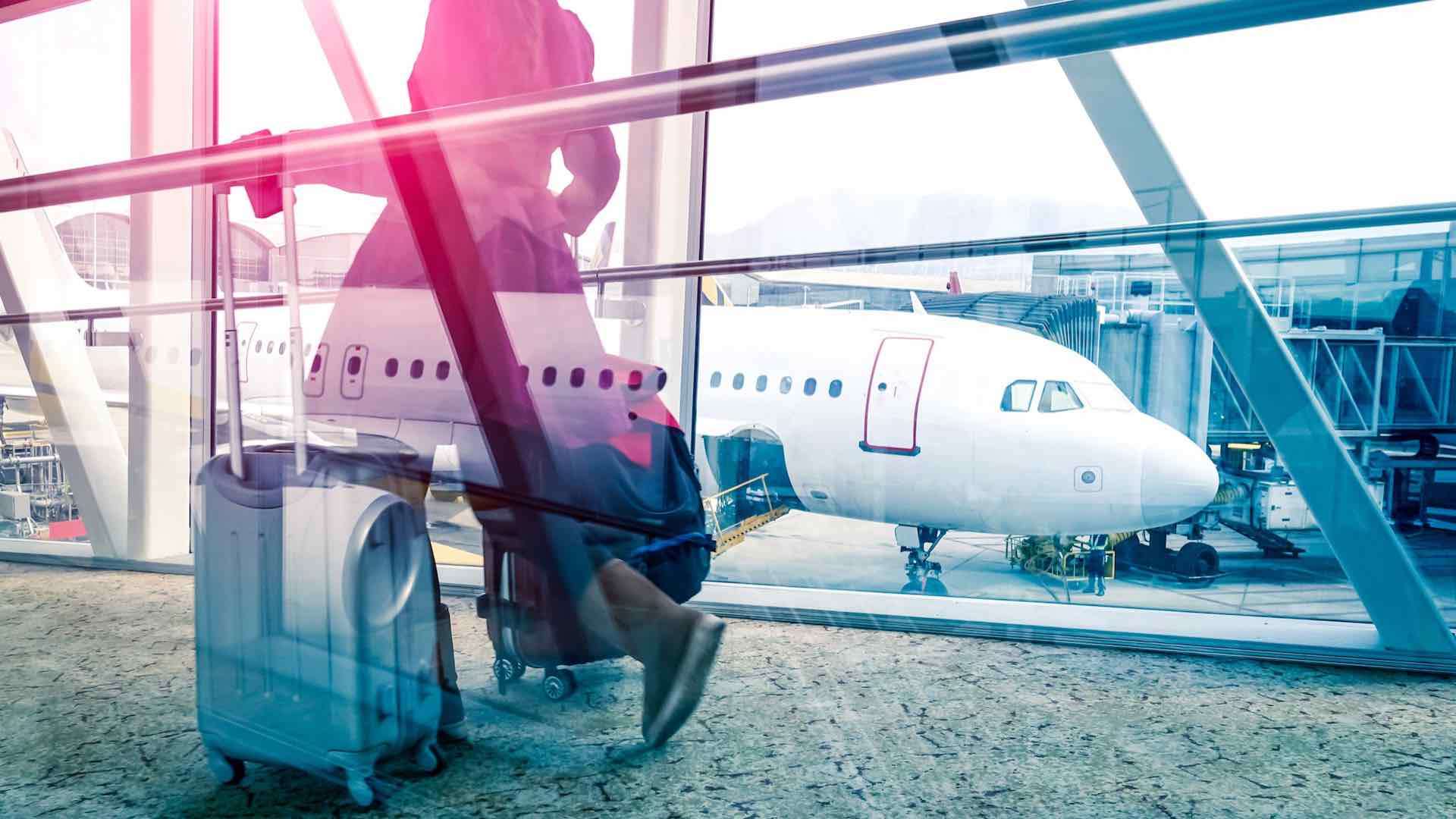Emerging Asian economies are projected to maintain real GDP growth of 5.3% in 2023, according to the OECD Economic Outlook for Southeast Asia, China and India 2023. The region’s economies have been bolstered by the export sector, but inflation and interest rate differentials may increase capital flow volatility and put pressure on local currencies. The report highlights that the return of tourists is key to further bolstering economies as the travel and tourism sector generated around 12% of Southeast Asian economies’ GDP and around 11% of employment in Emerging Asia pre-pandemic. However, the sector must adapt to challenges such as a shift in travel preferences and digitalisation. There is also a need to increase domestic and intra-ASEAN tourism, and address gaps in ICT infrastructure, cybersecurity and digital skills.
The tourism sector is beginning to recover as COVID-19 restrictions are lifted. However, the report emphasizes that the sector must adapt to new challenges and opportunities. To realize its full potential, micro, small and medium-sized tourism enterprises require assistance in digitalizing their operations. Workers in the sector also need to enhance their digital skills to improve productivity. The report suggests that informal and migrant workers need to be integrated into social support systems. It also warns that recruitment will be difficult, as tourism offers demanding working conditions and lower wages than many other sectors. The recovery could stall if the labour force is not large or skilled enough.
The pandemic has also changed tourist preferences, with greater interest in local travel, nature destinations and wellness tourism. The confinement of lockdowns has reinvigorated desires for experiences focused on health and wellness. The report states that diversifying and expanding inbound markets by increasing domestic and intra-ASEAN tourism could help to revive tourism as a growth engine for Emerging Asian economies. It also highlights the need to address gaps in ICT infrastructure, cybersecurity and digital skills.
The reopening of China after lockdown will provide a much-needed economic boost for the region. Developing stronger transportation links, especially low-cost airlines, could promote more intra-ASEAN tourism, particularly to destinations that receive relatively few international travelers. India remains a largely untapped source market, and certain Southeast Asian countries could diversify their tourist flows to become less reliant on any single country as a major tourist source.


